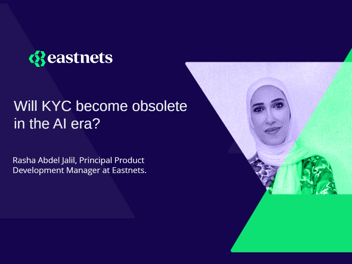Financial crimes such as money laundering, terrorist financing, and payment fraud are on the rise. Unfortunately, as technology and transaction volumes have grown, so has financial crime. The pandemic has also worsened the issue because criminals love disruption. According to the UK findings of PWC’s Global Economic Survey, 56% of organizations have experienced fraud in the past two years — the highest level ever recorded.
As financial crimes become increasingly sophisticated, detecting and mitigating fraud have become a key priority for the financial services sector. Banks are now looking at how they can improve their processes, use their data more effectively, and how they can harness new technologies to increase their automation and enable better decision-making.
When it comes to tackling fraud through new technologies, it is still early days for the banking and financial services sectors, and to date, there has been a wide range of responses.
Despite understanding AI’s potential to fight financial crime, many financial services companies are not yet effectively using this technology because they either don’t know where to start or they have only adopted it in part. Some institutions are also holding off on investing in AI as part of their Anti-Money Laundering (AML) and financial crime prevention strategies as they continue to assess the benefits, shortcomings, and possible issues around using AI in financial crime compliance.
Such institutions are still dependent on older systems and existing processes which lack the ability to quickly and effectively tackle complex and ever-changing fraud and financial crime patterns. These systems are simply expensive, time-consuming, and not working against increasingly sophisticated bad actors.
But a few early movers have already implemented cutting-edge AI platforms and they are reaping the benefits.
Using AI to detect financial crimes
AI makes machines act more intelligently. As part of AML and other financial controls, AI is a digital measure put in place to detect money laundering and other unlawful activity. These algorithms analyze enormous volumes of customer data — including customer due diligence, sanctions screening, and transaction monitoring — to detect and take actions to remedy suspicious activity. It can even be used to analyze voice recordings that can give clues about fraudulent activities.
AI has the power to not only carry out AML and other financial fraud prevention measures much faster than humans can but also the ability to do it in real-time. This allows financial institutions to react much faster to any suspicious activity and stay ahead of criminals.
The ultimate AI-driven fraud protection
With Eastnets PaymentGuard, you can dynamically detect and stop fraudulent payments by scanning transactions against a wealth of past data. Our technology uses machine learning to reference a historical database of customer data — including transactions, device information, and geolocations — to intelligently model existing and emerging patterns.
Plus, our AI-powered detection model uses state-of-the-art machine learning to stay vigilant against emerging threats so you can keep up with increasingly sophisticated bad actors. With Eastnets, AI manages payment fraud for you.
Want to try our solution yourself? You can request a demo here.
To find out how our use of AI and the blockchain can help provide you with the most up-to-date security, compliance, and AML assurances possible, head over to our Crime and Compliance Section.





